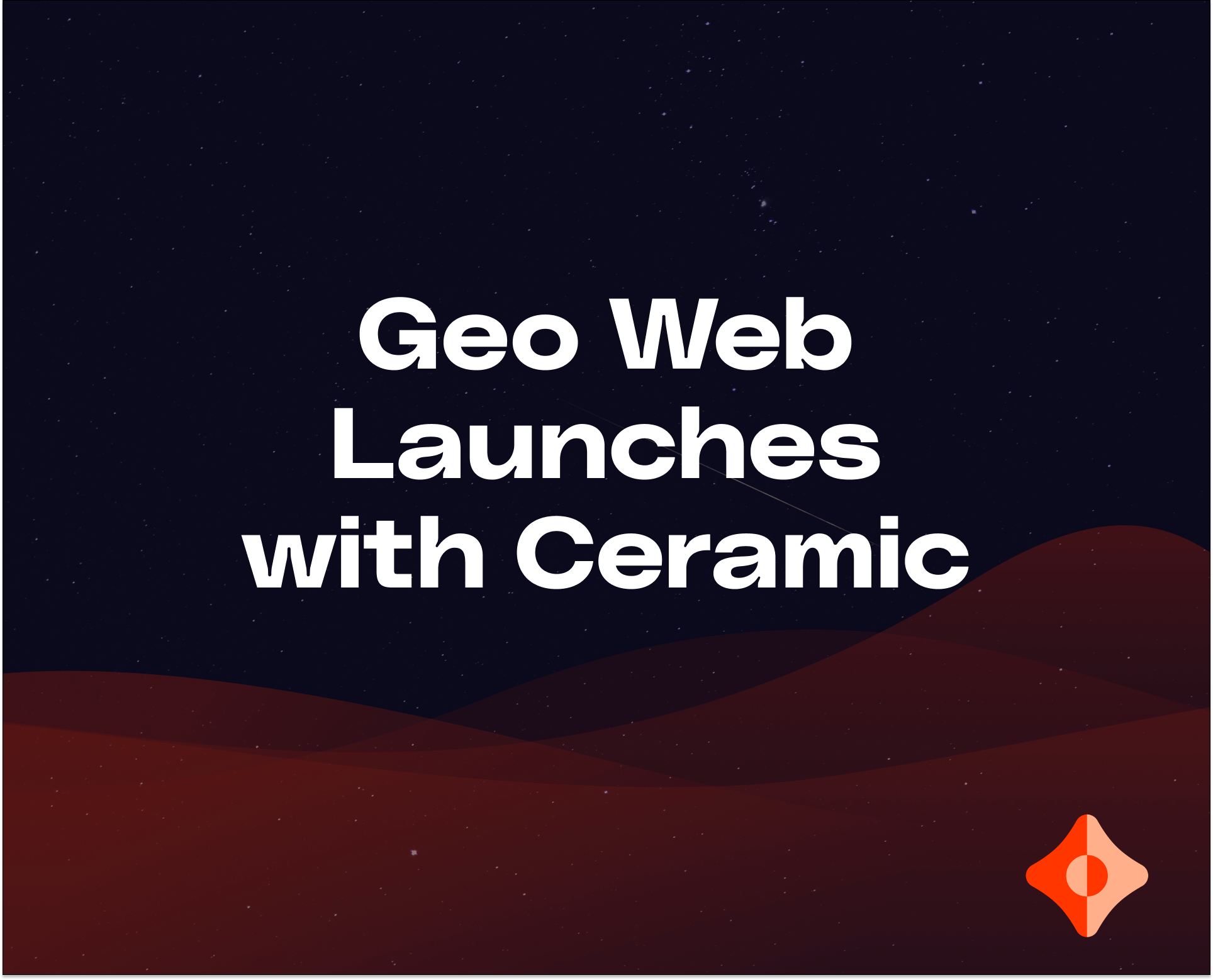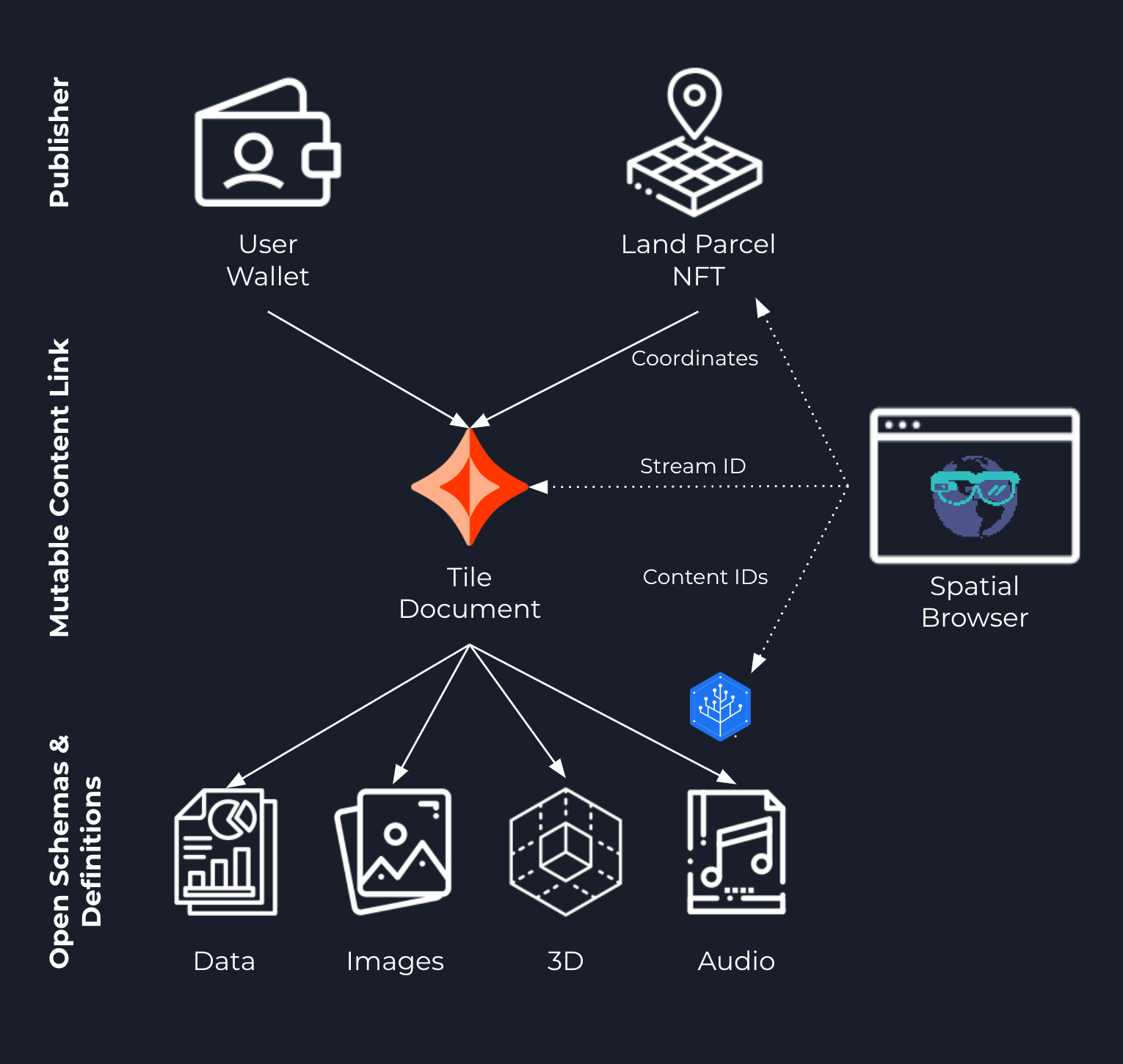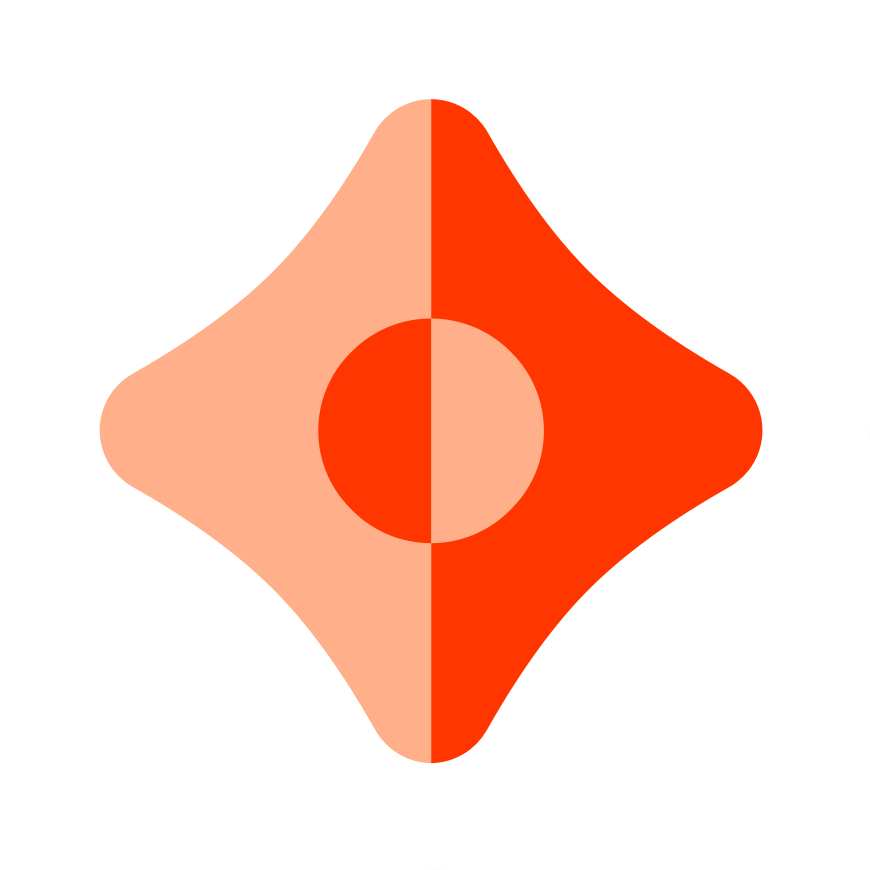Geo Web Launches on Optimism With Ceramic

Introduction
The Geo Web is a protocol that creates consensus for browsing digital media anchored to real-world locations. It uses a partial common ownership system (aka Harberger taxes) to administer a global digital land market and fund public goods.
The Geo Web chose Ceramic to power mutable P2P content linking from its land parcel NFTs. Ceramic’s ecosystem of composable data, schemas, and applications allows Geo Web landholders to push the use case possibilities of the open metaverse.
The Geo Web recently launched its mainnet on Optimism and is currently in a global Fair Launch Auction that runs until January 14th, 2023.
The Fight for the Open Metaverse
Who will control how digital media is organized and experienced in the physical world?
The Geo Web was founded to provide a credibly neutral, open-source answer to that question.
The Geo Web creates a virtual layer covering the globe that allows publishers and users to create a shared augmented reality. It’s an alternative to app stores, algorithms, and ad brokers intermediating every experience and transaction in the metaverse era.
Each Geo Web parcel NFT is like a 3D website. Landholders have the exclusive right to publish arbitrary data, entertainment, and applications within the bounds of their parcel on the network. Users naturally discover and experience the content with a universal browser application that resolves content based on geolocation rather than a URL.
The Geo Web maintains its DNS-like digital land registry by enforcing the three basic rules of partial common ownership:
- Landholders must maintain a public For Sale Price for their parcel(s)
- Any market participant can trigger the transfer of a parcel by paying the holder their For Sale Price
- Landholders must pay an ongoing Network Fee proportional to their For Sale Price (currently 10% per year)

All of the revenue from the resulting digital land market is reinvested into public goods and prosocial outcomes through participatory mechanisms. Through a flywheel of open-source investment and network effects, the Geo Web can help the internet of the next era return to its permissionless, decentralized roots.
Managing Dynamic, Decentralized Content
The Geo Web’s property rights system is a good use case for on-chain smart contracts. But when it comes to putting those property rights to use through content publishing, on-chain data is too slow, expensive, and unwieldy.
The Geo Web needed a dynamic, mutable content layer that could enable the mind-bending use cases of augmented and mixed reality. It needed to be user-friendly without sacrificing the principles of decentralization and user control.
The Geo Web team found Ceramic early in its architecture stage and knew it would be a fit. Geo Web was one of the first protocols to launch a testnet on Ceramic.
How Geo Web Built With Ceramic
Ceramic provides the mutable content root for each Geo Web land parcel NFT. A parcel’s active StreamID is deterministically derived based on the current licensor’s wallet address and the ParcelID.

Landholders frictionlessly manage their parcel’s Ceramic Tile Document through their authenticated DID.
Open schemas and data definitions shared between publishers and spatial browsers create an endless landscape for use cases.
The Geo Web team is excited to push new features, use cases, and integrations within the Ceramic ecosystem, now that the Geo Web mainnet is live.
Become a Geo Web Citizen
The Geo Web’s fair launch auction is live on Optimism (non-auction claims begin January 14th, 2023 at 17:00 UCTC). You can claim land parcels on the Geo Web Cadastre corresponding to your home, work, or favorite park then start adding content with Ceramic. All your land market fees go toward funding public goods.
If you’re a developer, creator, or organization looking to build on/with the Geo Web, get in touch with the team via Discord, @thegeoweb on Twitter, or through the project website.

